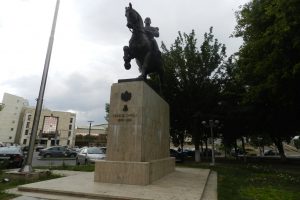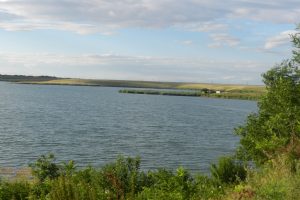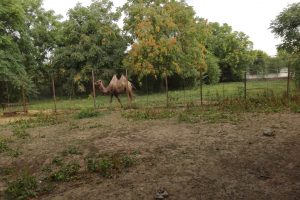

The museum is organized in the parental home of the writer Alexandru Sahia (1908 – 1937), immobile occupied until the year 1963, when it was sold by the writer’s father to the Museum of Civilization Gumelnița Oltenița, in the purpose of founding the memorial house.
The decision of founding the commune museum was taken in 1965.
The house was reopened for the public in 2002, after it was closed in order to be made the renovation works, which lasted several years.
In the four rooms there are reconstituted the representative moments for the life of the intellectuals from the rural environment from the first decades of the XXth century: furniture, towels, popular ceramics, the kitchen from that era, as well as the pantry with the tools connected to the house, the ethnographic value being special. There are exposed, also, newspapers and magazines at which the writer collaborated, documents and photographs depicting his life.
After he graduated the primary classes followed in the native locality, Alexandru Stănescu was registered in 1920 at the Military High – School “Dimitrie Sturdza” from Craiova. In 1926, the student Alexandru Sahia had his literary debut with the sketch “The sculptor Sturdza” published in the magazine “The hawks”, edited by the Military High-school “Mihai Viteazul” from Târgu Mureș, where he was registered under the name Alexandru G. Stănescu. At the “Hawks”, Sahia signed under the pseudonym Al. Mănăstireanu, after the name of his village, Mănăstirea from the county of Ilfov. He registered at the Faculty of law of the University of Bucharest.
He couldn’t adapt to the university life either, therefore in the year 1929 in the monastic life, becoming a monk at the Monastery Cernica. At less than one year from entering the monastery, he retired.
Starting with 1931 and until 1937 – the year of his decease – Sahia was a journalist, publishing in well-known newspapers and magazines from that period: Rampa, Facla, Dimineaţa, Azi, Cuvântul liber, Adevărul and Era nouă.
In 1932, he even founded two temporary publications: Bluze albastre and Veac nou. He writes feature reports and, after a visit in the U.R.S.S. in 1935, applauds the soviet accomplishments, fact appreciated by the soviets, which need to present a positive image of the Soviet Union in the occidental world. From him we are left with the work “URSS today”, one of the few books written by Romanian writers about URSS. A year before the decease, Sahia registered in the Romanian Communist Party (PCR). He died at only 29 years of age, following untreated tuberculosis. In 1946, after taking the political power in Romania, PCR transformed him into a hero of the working class. The fact that he died of tuberculosis allowed to the official biographers to write that he comes from the poor peasants. Actually, he was the son of a wealthy peasant, who became a liberal mayor in his commune.




